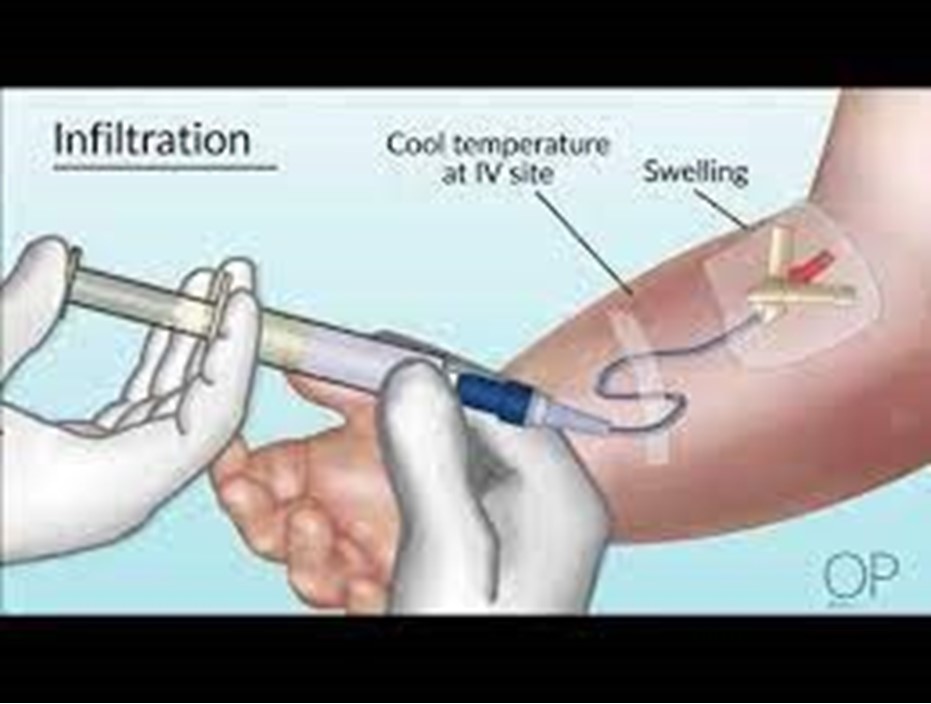A male client who has just been told he has cancer asks the practical nurse (PN) to leave his room so he can be alone. Which action should the PN implement?
Consult with the charge nurse about implementing suicide precautions.
Sit quietly in the client's room until the client is ready to verbalize his feelings.
Leave the room after offering to return to the client's room at a later time.
Notify a member of the client's family of the need to come to stay with the client.
The Correct Answer is C
The correct answer is choice C: Leave the room after offering to return to the client's room at a later time.
Choice A rationale:
Consulting with the charge nurse about implementing suicide precautions is not appropriate in this situation. The client has not expressed suicidal ideation or intent, and such an action could be invasive and distressing for the client.
Choice B rationale:
Sitting quietly in the client's room until the client is ready to verbalize his feelings might seem supportive, but it disregards the client's request for alone time. It's essential to respect the client's wishes and provide an opportunity for self-reflection and privacy.
Choice C rationale:
Leaving the room after offering to return to the client's room at a later time is the most appropriate action. The client has requested solitude, and respecting his autonomy is crucial in building trust and rapport.
Choice D rationale:
Notifying a member of the client's family of the need to come stay with the client is not necessary at this point. The client's desire for alone time does not indicate an immediate need for family support. The practical nurse should first respect the client's request and give him space to process the news. If the client later expresses a need for family support, appropriate actions can be taken accordingly.
Nursing Test Bank
Naxlex Comprehensive Predictor Exams
Related Questions
Correct Answer is B
Explanation
Choice A rationale:
Asking another nurse about administering adult dosages to children may provide some insights, but it is not a reliable or definitive source of information. The PN should directly communicate with the healthcare provider who wrote the prescription to ensure accuracy and safety.
Choice B rationale:
Call the healthcare provider and clarify the prescription.
Choice C rationale:
While requesting verification from the charge nurse is reasonable, the charge nurse may not have the authority to change or clarify the prescription. The most appropriate action is to directly contact the healthcare provider responsible for the child's care.
Choice D rationale:
Telling the pharmacy to send an accurate child's dosage assumes that the pharmacy made an error, which may not be the case. The PN should confirm the prescription with the healthcare provider to avoid potential mistakes or misunderstandings.
Correct Answer is C
Explanation
The correct answer is choice C - IV infusion site is infiltrated. Choice A rationale:
The client reports feeling nauseous. While this symptom should be monitored, it is not the most crucial finding to report for a client in Addison's crisis. Nausea can be a common symptom during various medical conditions and may not warrant immediate action.
Choice B rationale:
Has not voided in four hours. While monitoring urine output is important, it may not be the most critical finding in Addison's crisis. Other symptoms like electrolyte imbalances and
circulatory collapse is more concerning in this scenario.
Choice C rationale:

IV infusion site is infiltrated. In Addison's crisis, the client's condition may be precarious, and any complications with IV therapy could worsen the situation. It is essential to report this finding promptly to prevent further complications.
Choice D rationale:
A serum glucose level of 85 mg/dL. While monitoring glucose levels is essential in many situations, a glucose level of 85 mg/dL is within the reference range, which means it is not the most critical finding in Addison's crisis.
Whether you are a student looking to ace your exams or a practicing nurse seeking to enhance your expertise , our nursing education contents will empower you with the confidence and competence to make a difference in the lives of patients and become a respected leader in the healthcare field.
Visit Naxlex, invest in your future and unlock endless possibilities with our unparalleled nursing education contents today
Report Wrong Answer on the Current Question
Do you disagree with the answer? If yes, what is your expected answer? Explain.
Kindly be descriptive with the issue you are facing.
